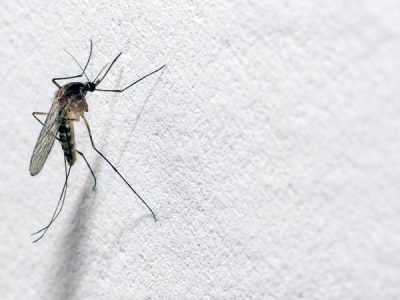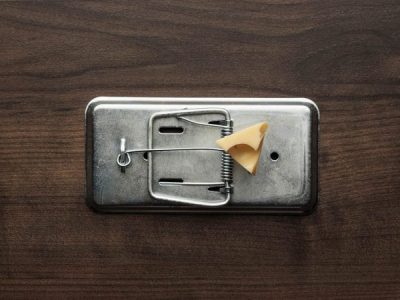Redbacks are Australia’s most well-known spiders, and probably our most feared! A bite from a redback has the potential to land you in a hospital, or much worse. Since Redbacks have adapted quite readily to urban areas, it is quite likely that you’ll come across one at some point. So knowing where they like to hide out means you’ll be more aware of keeping out of this spider’s way.
How to Identify a Redback Spider
Female redbacks are more poisonous, so are the ones you have to be more careful about. Which is lucky because the female is much more identifiable than the male, with its large bulbous body and distinctive red stripe on the abdomen. In contrast, the males are a lot smaller, light brown in colour, with white markings.
Where They Like To Hide
Redbacks prefer areas that are well-protected from the weather, where they can create their messy, low-lying webs. Their webs are mainly used to capture insects, though they have been known to eat other spiders and even small reptiles. The Redback is a spider that isn’t afraid to tackle prey a lot larger than themselves!
Around the home they prefer dark, dry and sheltered spaces such as underneath the floorboards and in roofs, sheds and garages. Garages and sheds are where you’re most likely to encounter a redback as they like to hang out in cars, children’s toys, bicycle helmets or gardening equipment. Anything that hasn’t been used for a while and is sitting gathering dust makes an ideal place to construct a web.
How To Minimise Risk of a Redback Bite
Redback spiders are most active in the warmer months, especially in the late afternoon and evening, as they are nocturnal creatures. Here are a few tips to avoid running into one around your home:
- Mailboxes and other dark holes should be checked thoroughly with a torch before reaching in.
- Always shake out clothes, gloves and shoes that have been left outside before bringing into the house.
- Wear gloves and shoes when gardening.
Those most at risk after being bitten by a Redback are pregnant women, children and the elderly. So teach your children from a young age that they shouldn’t touch spiders. Healthy adults are not as at risk but always seek medical attention in case severe symptoms develop.



